Tanaka Group has an integrated processing system (deformation, cutting, machining, heat treatment, finishing, parts assembly, and inspection). We maintain and improve our competitive QCD (Quality, Cost, Delivery) globally.
Deformation Processing
We design deformation processing methods that suit the characteristics of each product.
-
Aluminum Die-Casting
After melting the aluminum material, putting pressure on the mold to create the product shape. We pursue high strength and precision by minimizing the cavities in the metal. Aluminum die-casting technology has high potential. Reducing weight directly links to low fuel consumption. Aluminum has high recyclability. It has potential for new deformation processing technology in the future.
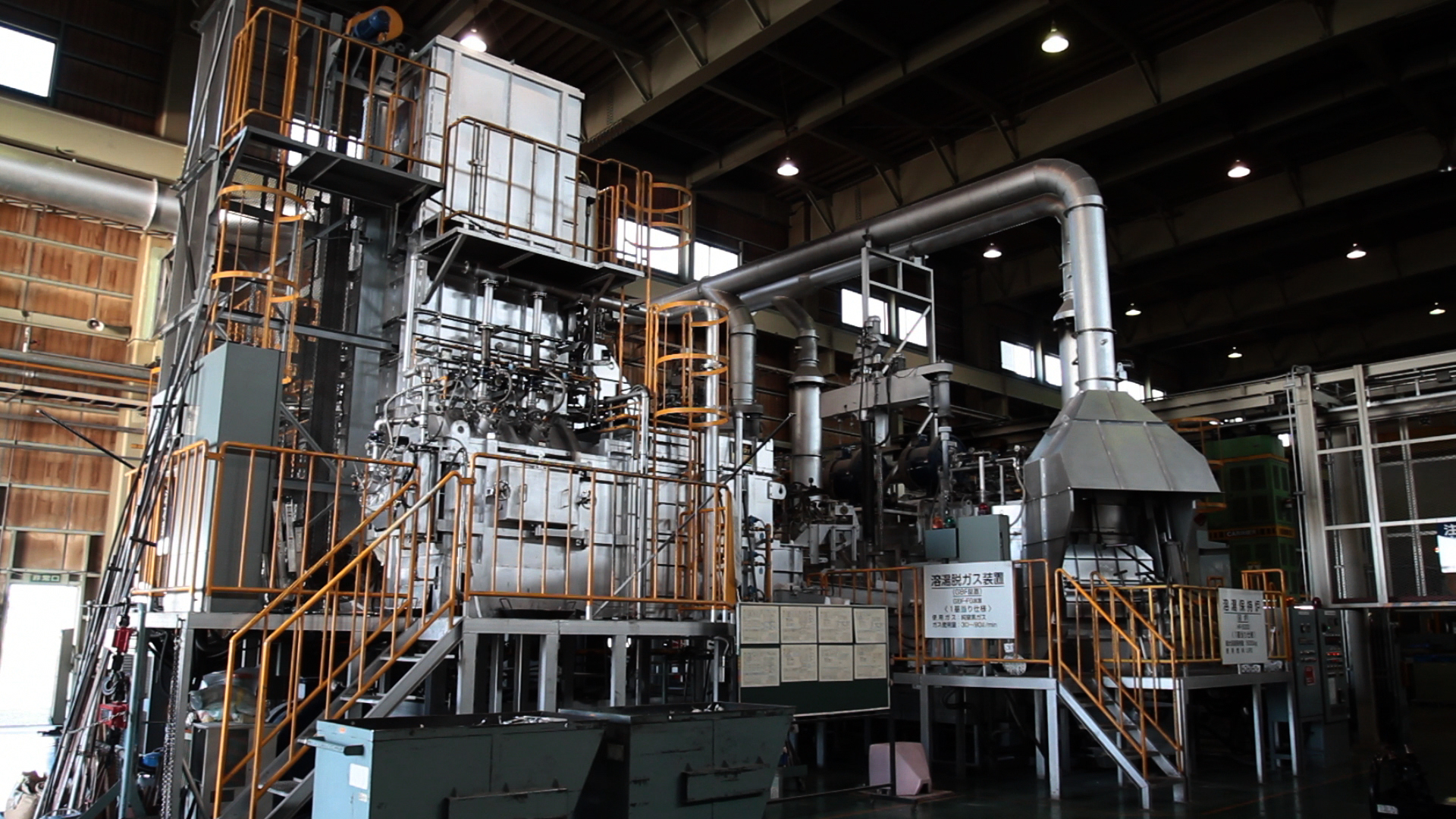
Product Processing
-
Machining
This is the process before finishing the product. For products that require precision, this processing is necessary to create the prototype of the function.
We use NC lathes, machining centers, and other optimal machining methods depending on the material and shape.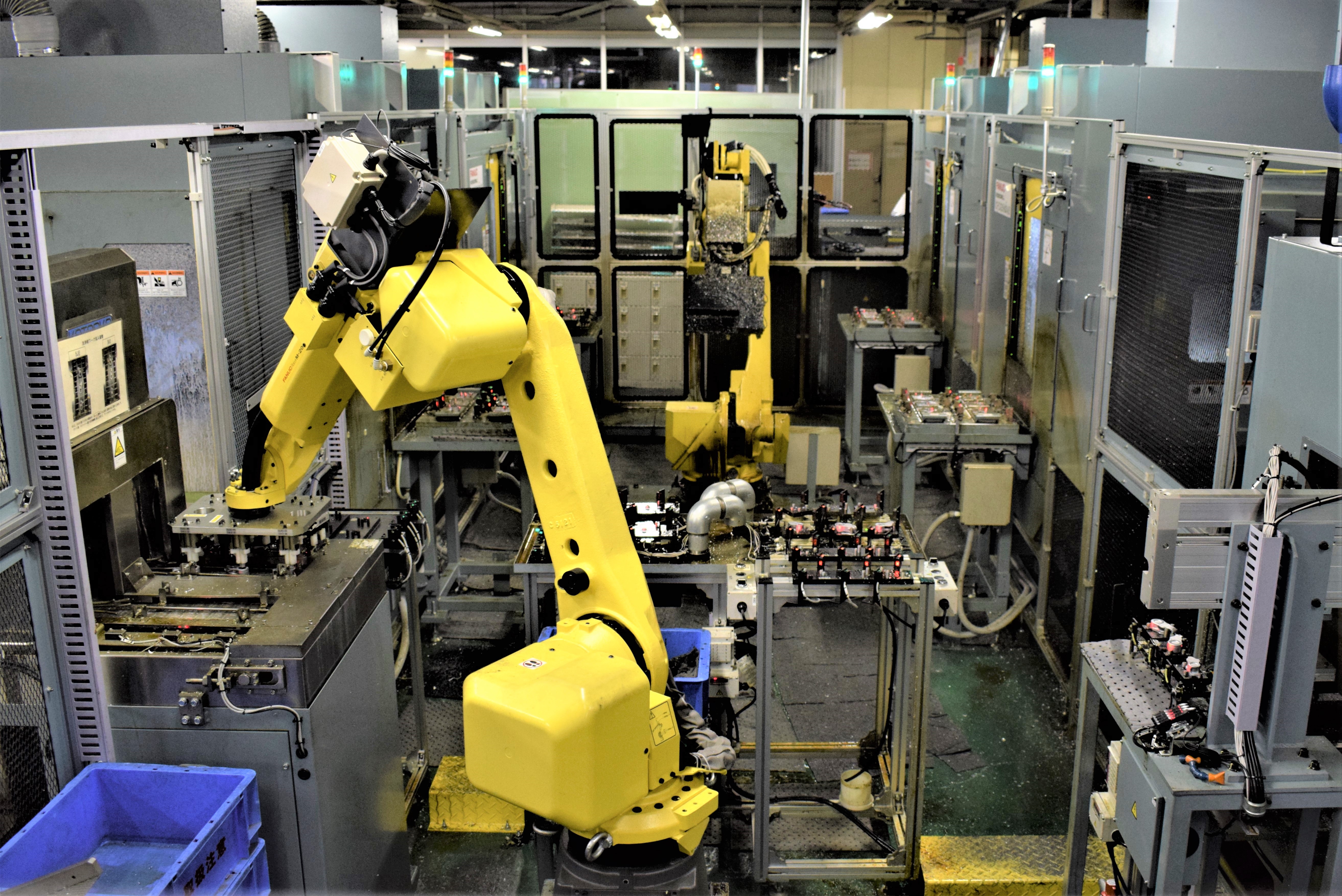
-
Heat Treatment
This process is necessary for engine parts that require strength and wear resistance. Processing methods such as quenching, tempering, carburizing, nitriding, etc. depending on the material of the product. We use batch-type furnaces or continuous treatment furnaces depending on the characteristics required for heat treatment.
-
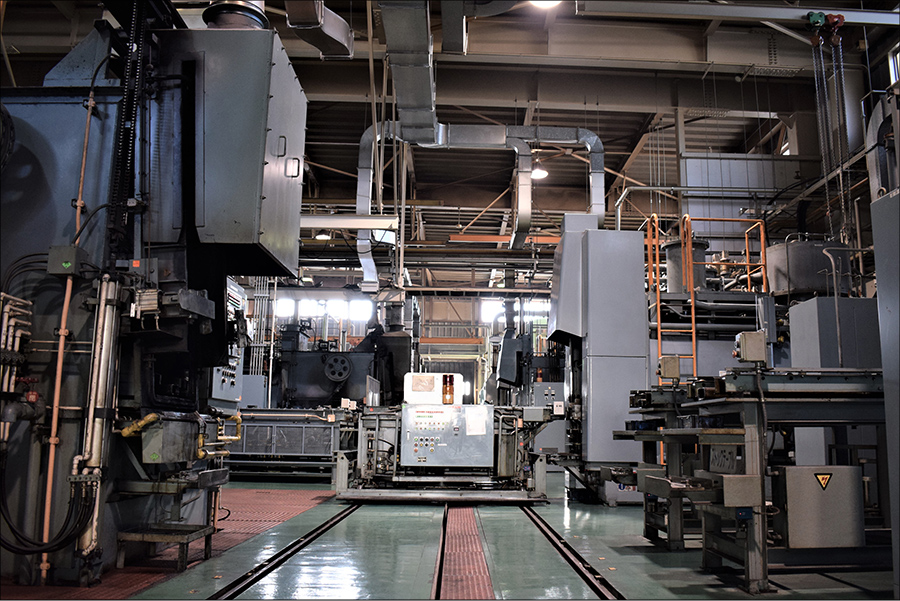
Heat Treatment
(Batch-type Furnace) -
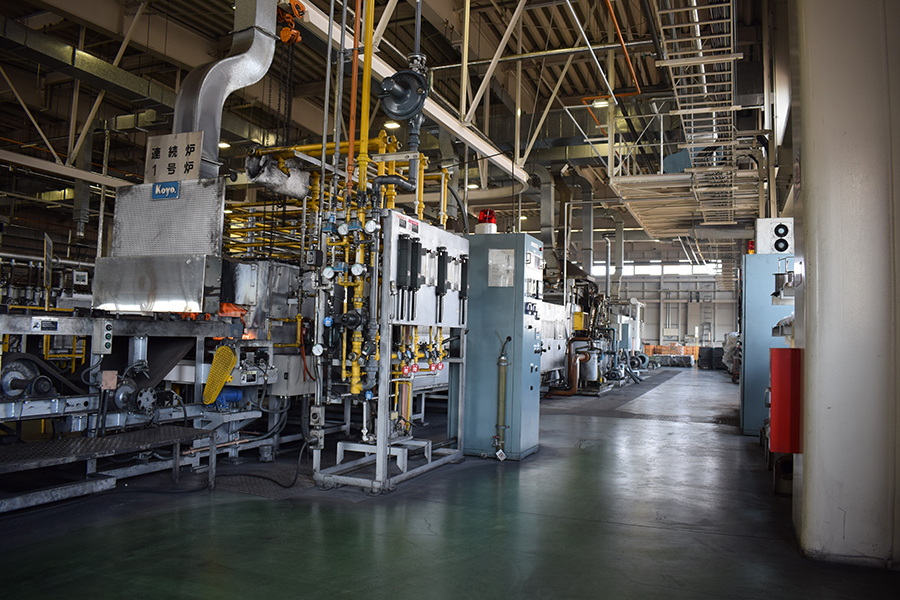
Heat Treatment
(Continuous Furnace)
-
-
Grinding
Using various grinding machines to finish the surface accuracy of the products (outer diameter, inner diameter, outer circumference, and both end surfaces to 6.3S or less). In addition, we use a process called "Super Finishing" to achieve a surface roughness of 0.8S or less for the products that require higher surface roughness. The inspection process is also inline, and judgments (pass or fail) will be made on the spot.
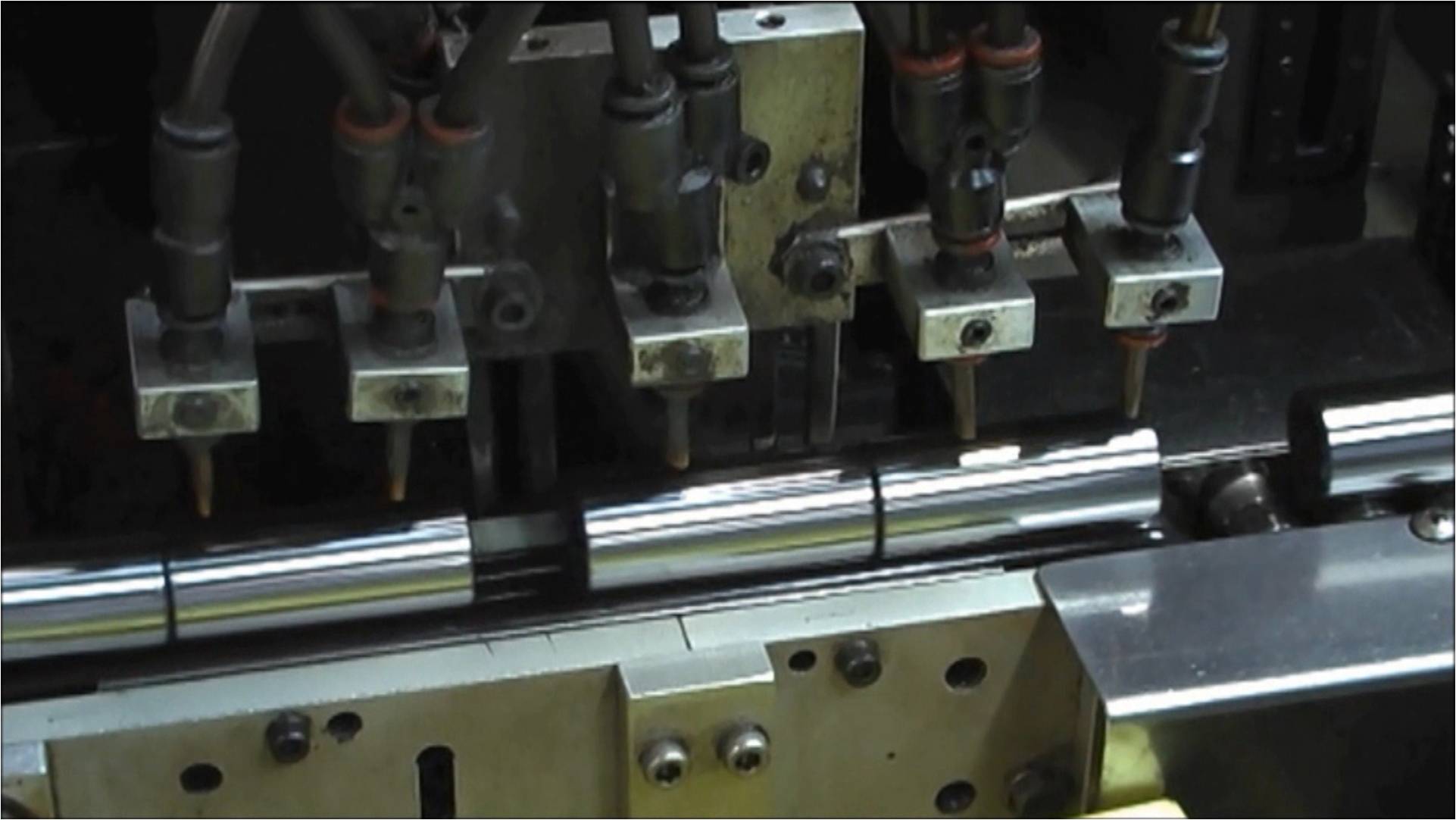
Parts Assembly and Inspection
Assembly line is designed including functional guarantee. This is the last process. Checking each component part and functionality of assembled products. The assembly line includes many inspection processes, and defective products are automatically removed from the line.
-
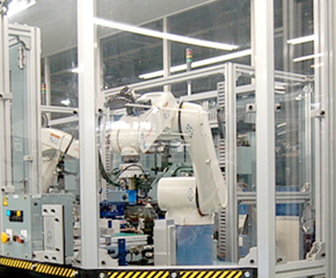
Assembly Equipment for Rocker Arm
-
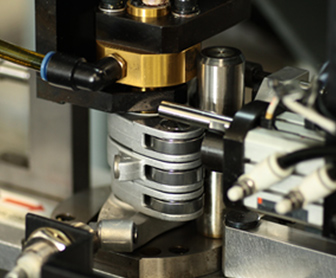
Assembly line for Rocker Arm
(Measurement) -
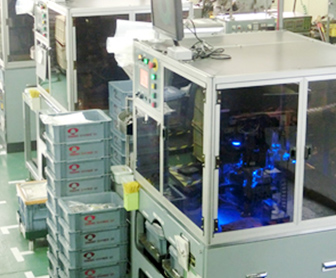
QA machine for Valve Spring Retainer